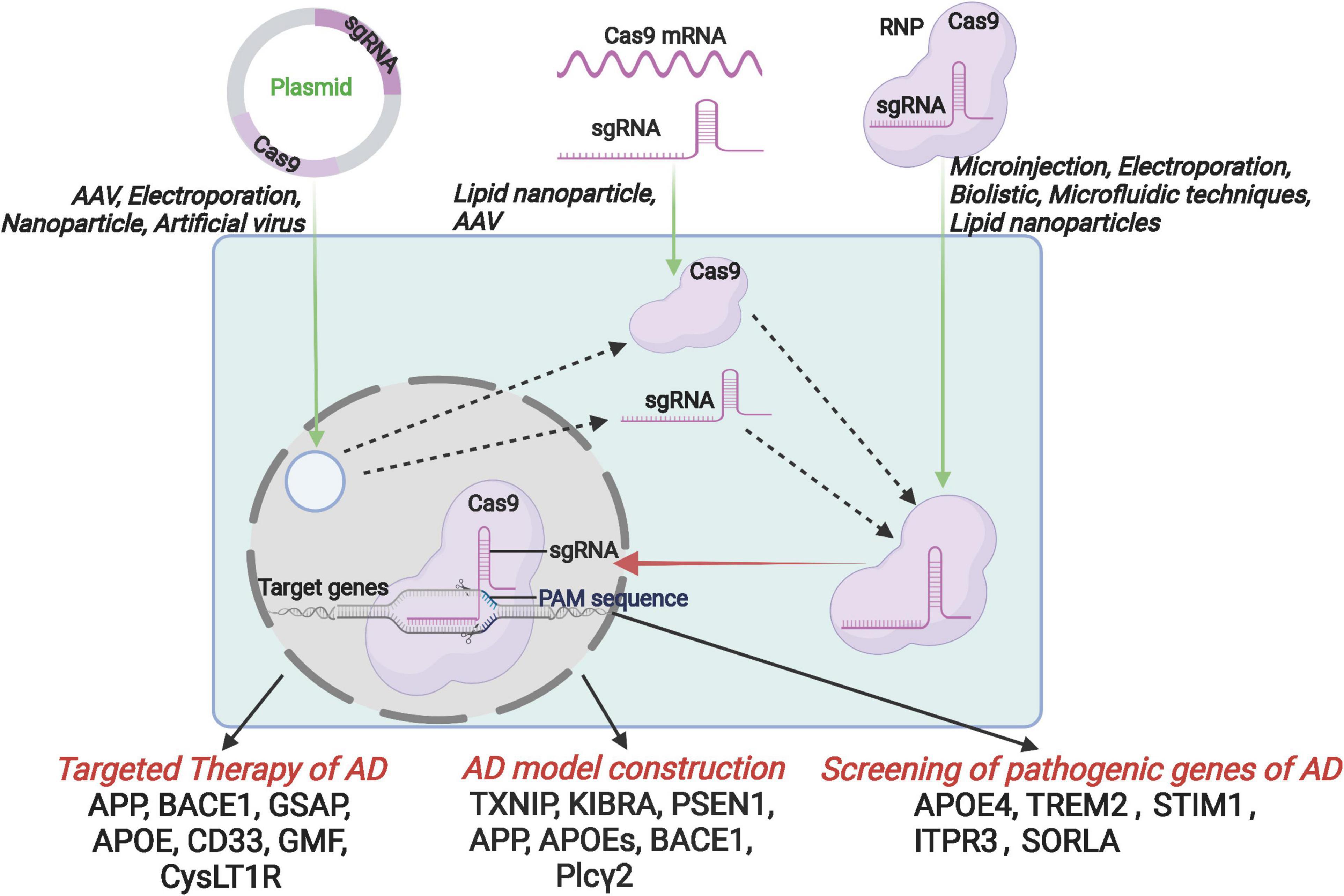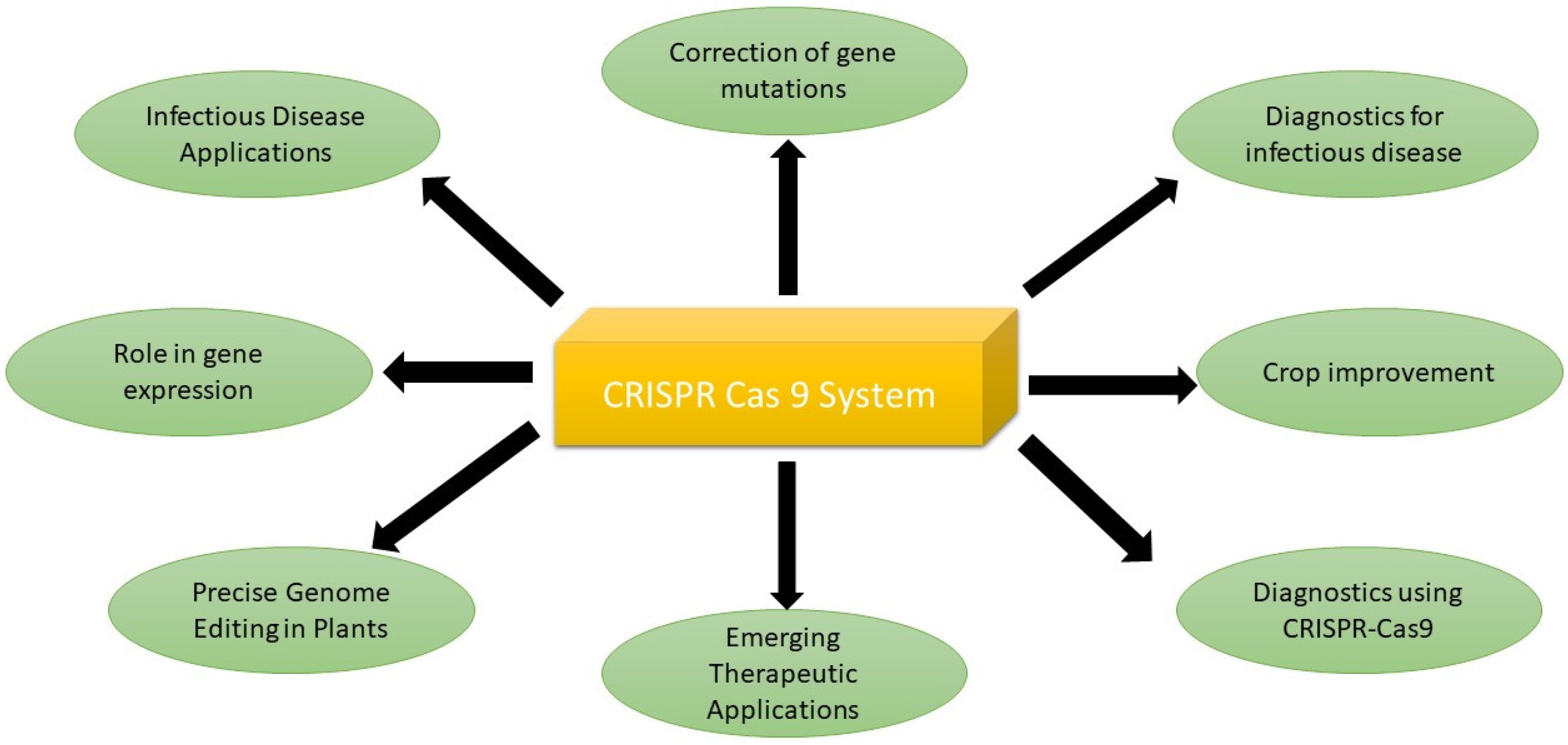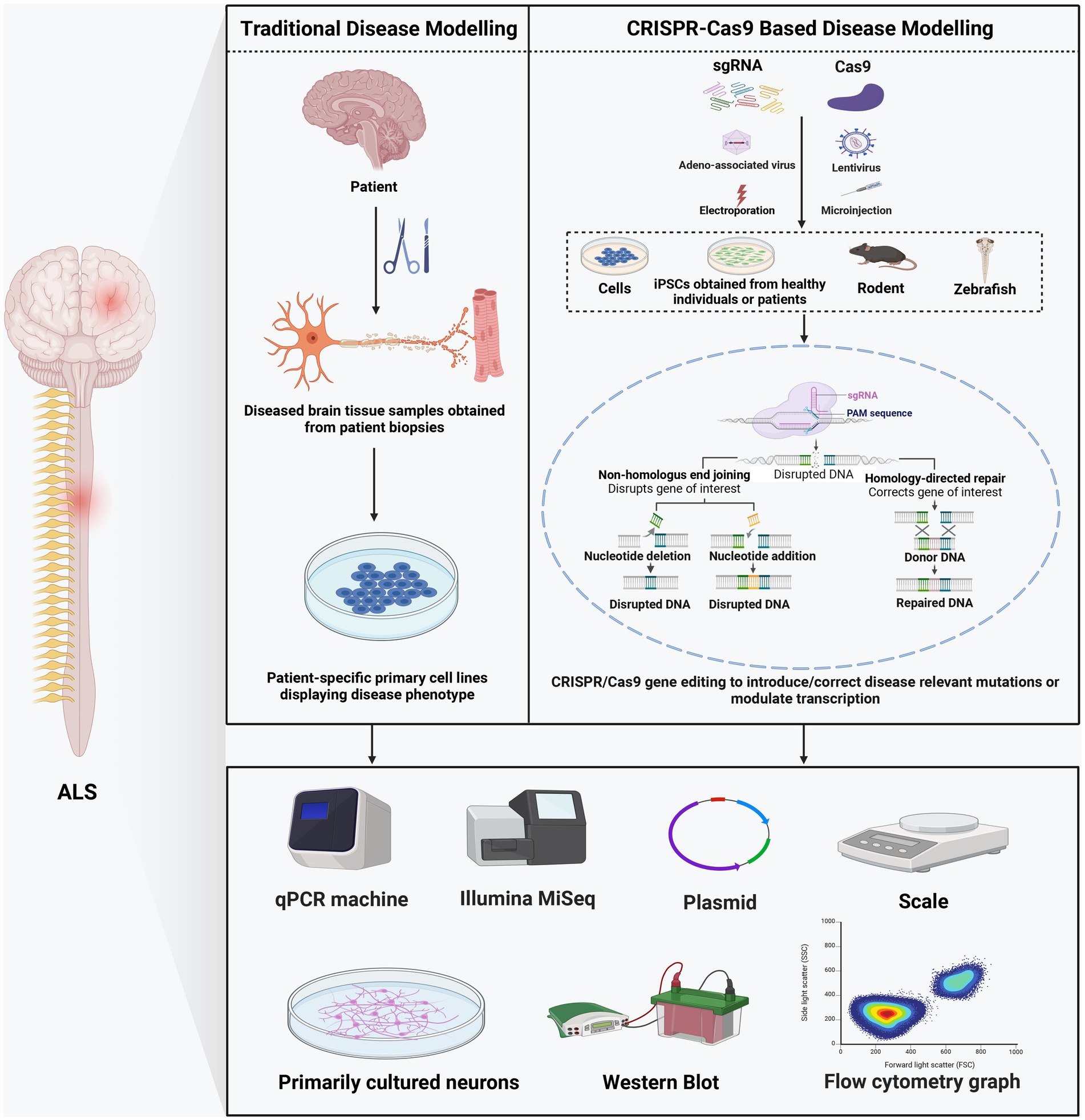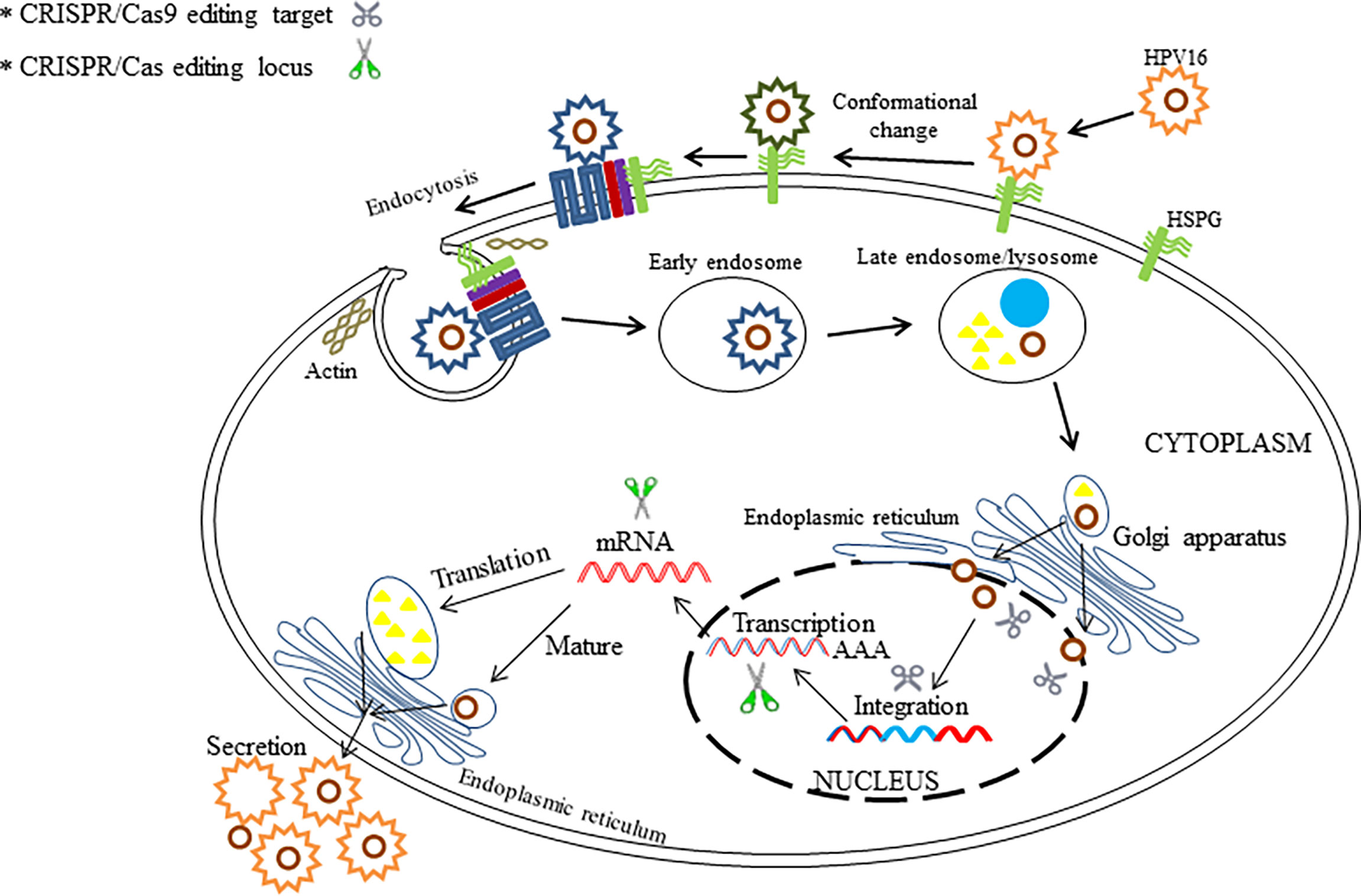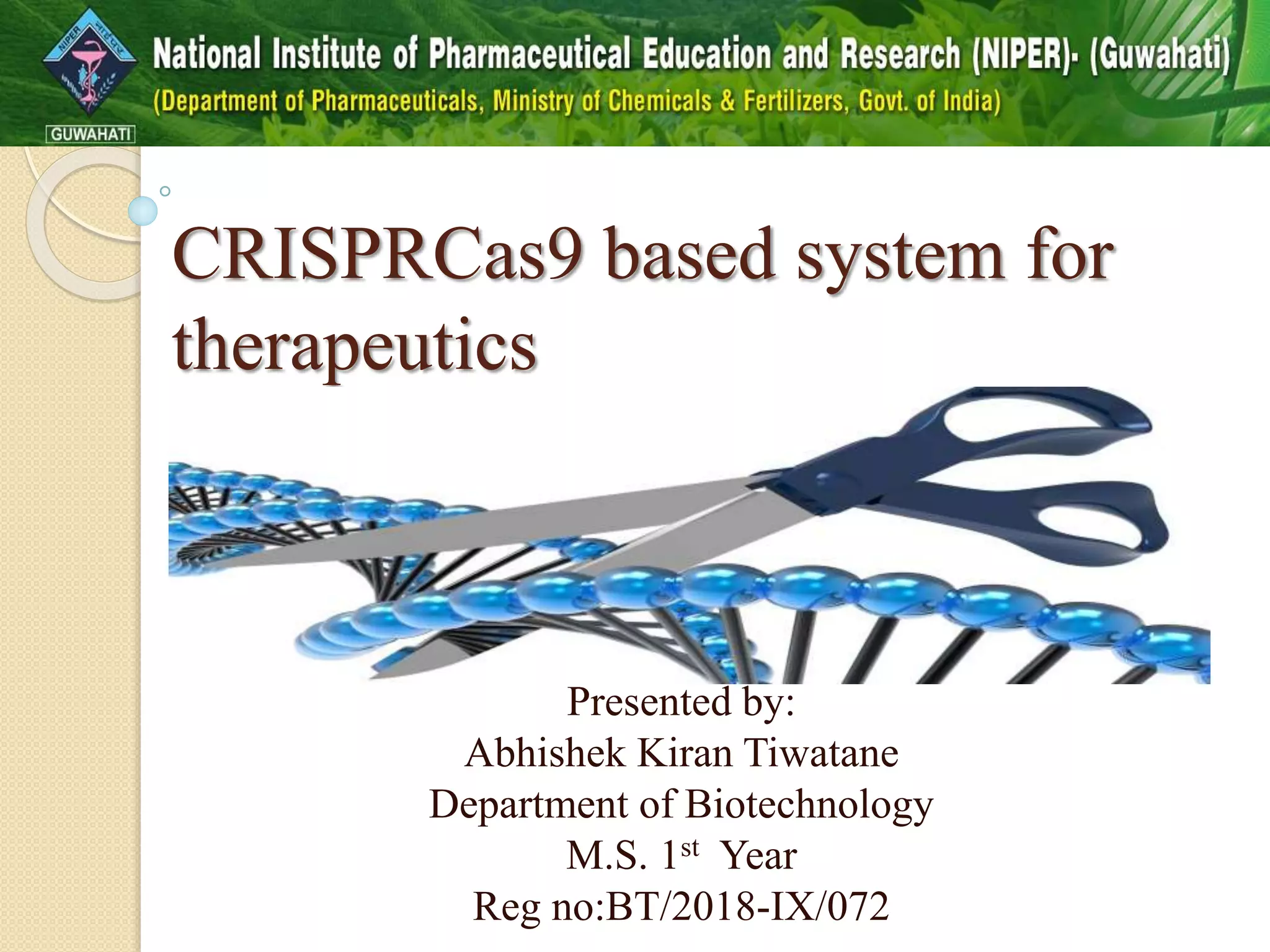Which Diseases Are Candidates For Treatment For The Crispr-cas9 System

The promise of rewriting the very code of life, once relegated to the realm of science fiction, is rapidly becoming a tangible reality. CRISPR-Cas9, a revolutionary gene-editing technology, holds the potential to eradicate diseases thought to be incurable, offering hope to millions suffering from genetic disorders. But amidst the excitement, a crucial question remains: which diseases are truly viable candidates for this transformative therapy, and what challenges lie ahead in translating scientific breakthroughs into effective treatments?
At its core, the CRISPR-Cas9 system functions as a precise molecular scalpel, capable of targeting and modifying specific DNA sequences within a cell. While the technology offers unprecedented accuracy, the complexity of the human genome and the intricacies of disease development necessitate a cautious and strategic approach to its application. This article delves into the forefront of CRISPR-Cas9 research, exploring the diseases currently under investigation, the progress being made, and the ethical considerations surrounding this powerful tool, revealing a landscape of both immense potential and considerable complexity.
The Prime Targets: Single-Gene Disorders
Diseases caused by a mutation in a single gene have emerged as the most promising initial targets for CRISPR-Cas9 therapy. These disorders, often inherited, present a relatively straightforward scenario for gene editing, as correcting the faulty gene can potentially restore normal function.
Cystic fibrosis, caused by mutations in the CFTR gene, is a prime example. Research is focused on using CRISPR-Cas9 to correct the defective gene in lung cells, aiming to alleviate the chronic respiratory problems associated with the disease.
Sickle cell anemia, another single-gene disorder, results from a mutation in the HBB gene, affecting hemoglobin production. Several clinical trials are underway to evaluate the safety and efficacy of CRISPR-Cas9 in modifying the gene in bone marrow cells, thereby reducing or eliminating the production of sickle-shaped red blood cells.
Huntington's disease, a neurodegenerative disorder caused by an expanded HTT gene, presents a more complex challenge. While CRISPR-Cas9 could potentially be used to reduce the length of the expanded gene, delivering the therapy effectively to the brain remains a significant hurdle.
Beyond Single Genes: Expanding the Scope
While single-gene disorders offer a logical starting point, researchers are also exploring the potential of CRISPR-Cas9 to tackle more complex diseases involving multiple genes or environmental factors. This area is still in its early stages, but holds immense promise for addressing prevalent conditions.
Cancer, a disease driven by a complex interplay of genetic mutations, is a major focus of CRISPR-Cas9 research. The technology is being investigated for its potential to enhance cancer immunotherapy by modifying immune cells to more effectively target and destroy cancer cells.
HIV, while treatable with antiretroviral therapy, remains a chronic infection. CRISPR-Cas9 is being explored as a potential cure by targeting and removing the virus from infected cells or by modifying immune cells to become resistant to HIV infection.
Research is also extending to areas such as Duchenne muscular dystrophy, where CRISPR-Cas9 aims to restore the expression of the dystrophin gene, and beta-thalassemia, another hemoglobin disorder targeted by similar approaches to sickle cell anemia.
Delivery Challenges and Off-Target Effects
Despite the potential, significant challenges remain in translating CRISPR-Cas9 technology into safe and effective therapies. Efficient and targeted delivery of the CRISPR-Cas9 system to the relevant cells is crucial for success.
Viral vectors, such as adeno-associated viruses (AAVs), are commonly used to deliver the gene-editing machinery, but they can have limitations in terms of the size of the cargo they can carry and their potential to trigger immune responses.
Non-viral delivery methods, such as lipid nanoparticles, are also being investigated, offering advantages in terms of safety and cargo capacity, but they may be less efficient at delivering the therapy to certain tissues.
Another major concern is the potential for off-target effects, where CRISPR-Cas9 inadvertently modifies DNA sequences other than the intended target. Rigorous screening and optimization of the CRISPR-Cas9 system are essential to minimize these unintended consequences.
Ethical Considerations and the Future of Gene Editing
The power of CRISPR-Cas9 raises profound ethical questions that society must grapple with. The potential for germline editing, which involves modifying genes in eggs or sperm, raises concerns about the heritability of these changes and their potential long-term effects on future generations.
While germline editing is generally prohibited in many countries, the debate continues regarding its potential use in preventing serious inherited diseases where no other treatment options exist. The potential for enhancement rather than solely therapeutic applications also raises ethical concerns about social equity and access to this technology.
Moving forward, careful consideration of these ethical implications, coupled with robust regulatory frameworks and ongoing public dialogue, will be crucial for ensuring the responsible and equitable development of CRISPR-Cas9-based therapies.
The National Institutes of Health (NIH) and other global organizations are actively involved in funding and guiding research in this area, emphasizing the need for responsible innovation and transparent communication.
A Cautiously Optimistic Outlook
CRISPR-Cas9 technology holds immense promise for treating a wide range of diseases, from single-gene disorders to more complex conditions like cancer and HIV. While challenges remain in terms of delivery, off-target effects, and ethical considerations, ongoing research and development are steadily paving the way for safer and more effective therapies.
As clinical trials progress and our understanding of the human genome deepens, the potential of CRISPR-Cas9 to revolutionize medicine is becoming increasingly apparent. The journey is far from over, but the early successes and the ongoing innovation offer a cautiously optimistic outlook for the future of gene editing and its impact on human health.
The ultimate goal is to harness the power of CRISPR-Cas9 to alleviate suffering, improve the quality of life for millions, and usher in a new era of precision medicine, where diseases are treated at their very root cause.



